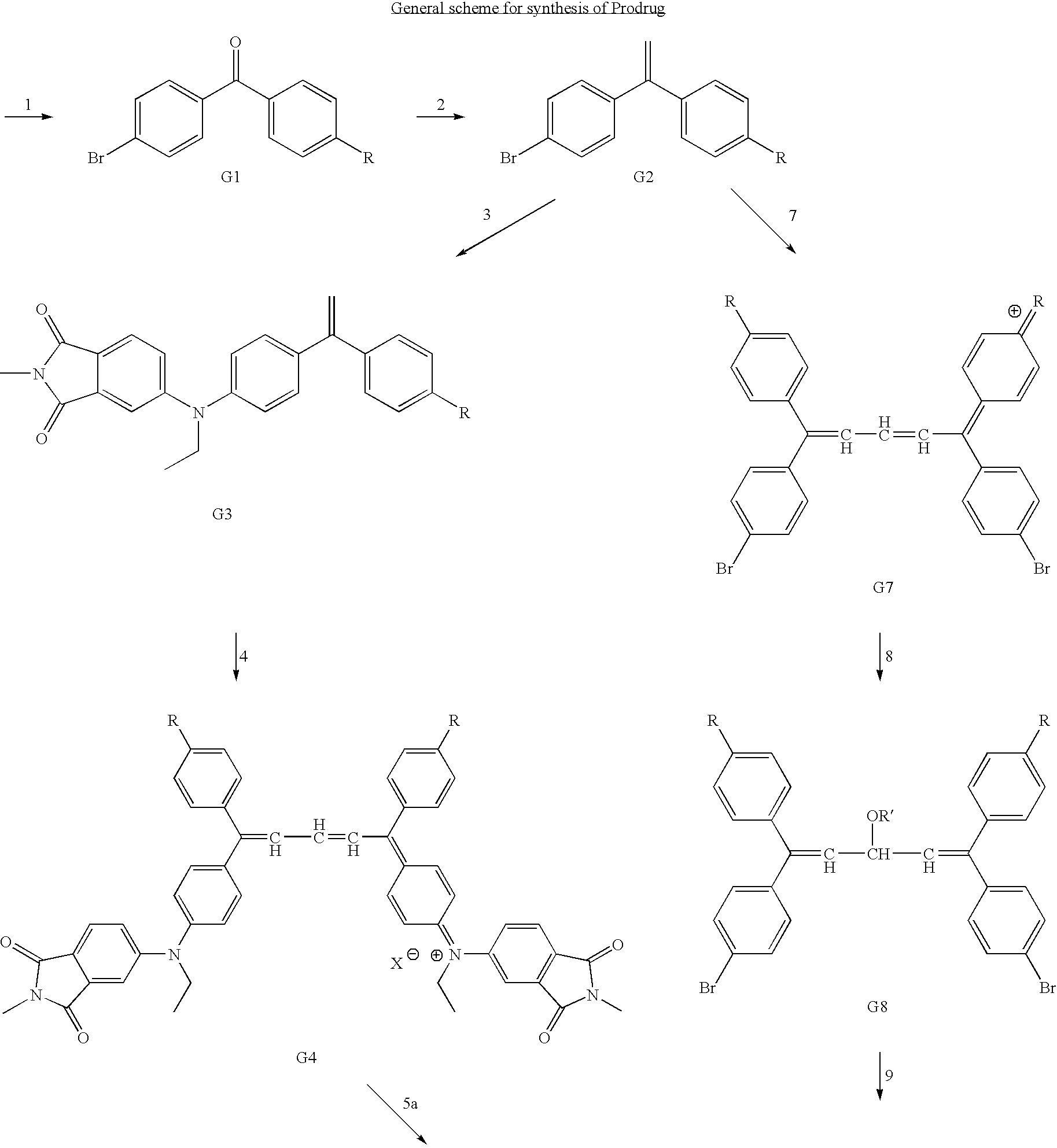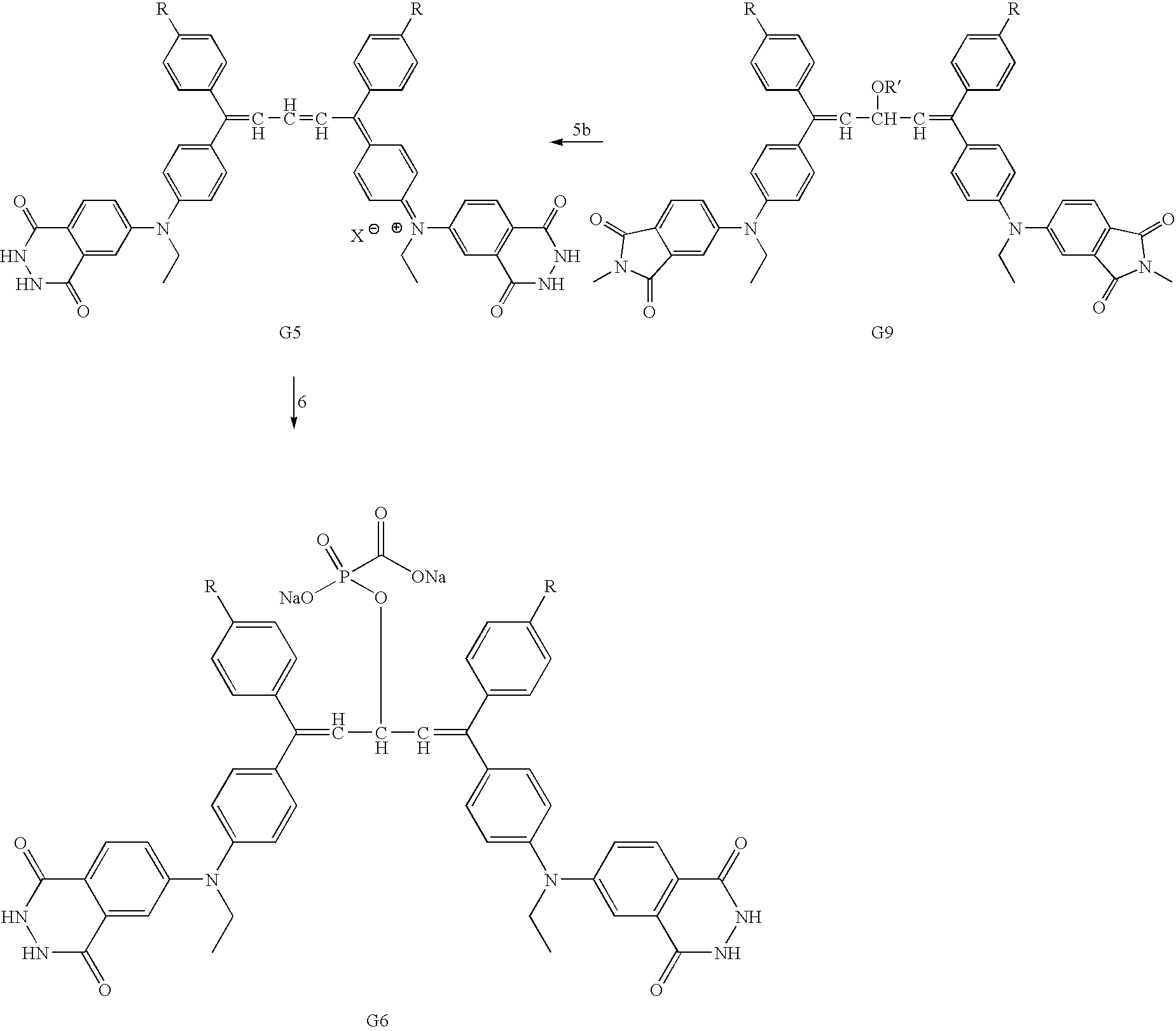Preparation of prodrugs for selective drug delivery
a selective drug and prodrug technology, applied in the field of organic chemistry, can solve the problems of ineffective therapeutic compounds which demonstrate in vitro efficacy, lack of a mechanism to increase the permeability of drugs, and inability to direct the bulk release to a specific tissu
- Summary
- Abstract
- Description
- Claims
- Application Information
AI Technical Summary
Benefits of technology
Problems solved by technology
Method used
Image
Examples
Embodiment Construction
Electron transferring and transporting elements are ubiquitous and are necessary for life. All eukaryotic and prokaryotic organisms depend on electron transferring and transporting elements which include metal containing hemes and nonmetal containing molecules such as flavins to convert the energy stored in the chemical bonds of foodstuffs into a form utilizable for the maintenance of the highly negative entropic state of life. The chemical energy conversion process generally involves a coupled series of electron carriers which is called an electron transport chain. Free radicals of oxygen are produced during aerobic respiration in mitochondria as electrons are carried by electron carriers of the electron transport chain to the ultimate electron acceptor, oxygen, and superoxide and peroxide, partial reduction products of oxygen, are continuously produced during cytosolic hydroxylation and oxygenation reactions as well as during other reactions which involve enzymatic reduction of o...
PUM
| Property | Measurement | Unit |
|---|---|---|
| energy | aaaaa | aaaaa |
| chemiluminescence | aaaaa | aaaaa |
| intramolecular energy transfer | aaaaa | aaaaa |
Abstract
Description
Claims
Application Information
 Login to View More
Login to View More - R&D
- Intellectual Property
- Life Sciences
- Materials
- Tech Scout
- Unparalleled Data Quality
- Higher Quality Content
- 60% Fewer Hallucinations
Browse by: Latest US Patents, China's latest patents, Technical Efficacy Thesaurus, Application Domain, Technology Topic, Popular Technical Reports.
© 2025 PatSnap. All rights reserved.Legal|Privacy policy|Modern Slavery Act Transparency Statement|Sitemap|About US| Contact US: help@patsnap.com



